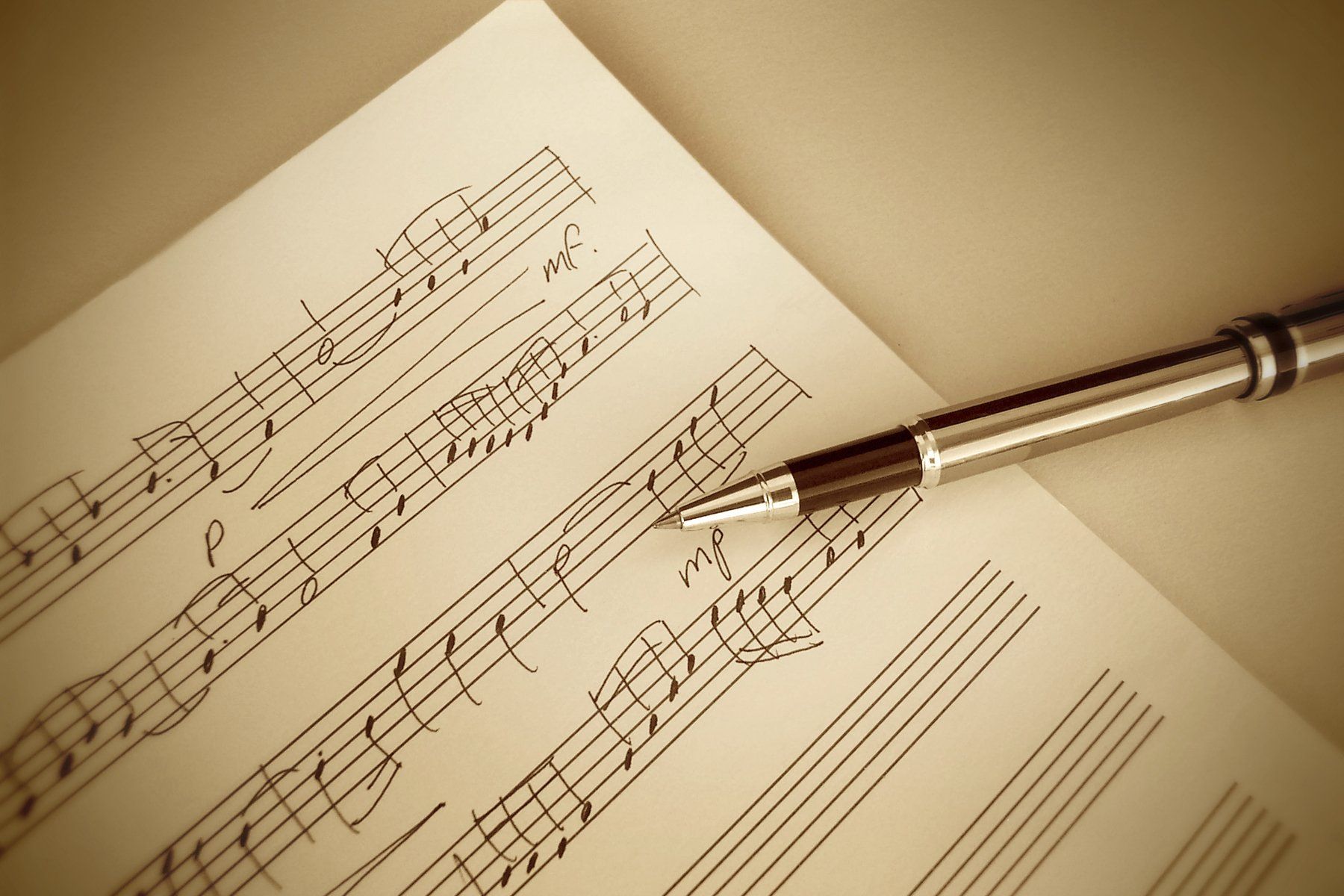Learning music theory is essential to understanding music. I teach music theory lessons to students in order to minimize time required to learn these techniques when studying repertoire. This would allow more time to focus on repertoire in instrumental lessons. Either working one-on-one with a student to address their personal needs, or working in a small class situation, I will improve theoretical knowledge, note-reading skills, and aural techniques.
I have taught both sight-singing and music theory classes in levels ranging from middle school to college.
I work with students of all levels, from the most basic music reading skills, to the most advanced theoretical analysis of music.
What Students Can Expect:
Beginner students will learn how to read on both treble and bass clefs (both clefs will be useful to them regardless of their instrument of choice). They will learn all standard note and rest values. Additionally, they will ultimately be able to read and understand all traditional notation provided on scores. Students will also learn basic sight-singing using solfege.
Intermediate students will begin part-writing. They will study basic harmony and form as seen in classical period repertoire. Assignments will be given to harmonically analyze a section or piece of music. Students will sight-sing more complicated and non-stepwise lines using solfege. They will also aurally dictate melodies and harmonies within given key signatures.
Advanced students will work with complex part-writing, analyzing music of all genres, and learning about modern music techniques. They will be asked to write short pieces to portray their knowledge and understanding of the music genres. Also, students will sight-sing music that is non-tonal and non-centric. They will be able to aurally dictate complicated melodies and harmonies that are non-tonal.
